Live Catnip FAQs
How Can We Help?
Find answers to our most frequently asked questions below. You can also send us a message at Info@petgreens.com
or call us at 888 943 2847
LIVE CATNIP FAQs
Why is live catnip better than dried catnip?
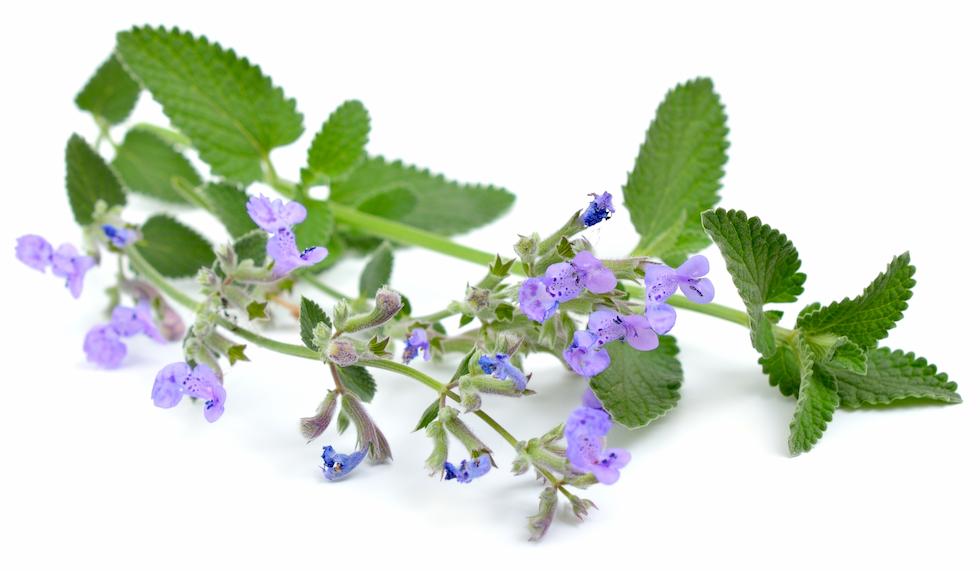
Live catnip is typically more aromatic and potent because its oils (especially nepetalactone) are fresh and not degraded by drying. Also, many cats feel compelled to eat the catnip, and the soft, fresh leaves are much gentler to a cat’s mouth than the sharp, prickly sticks of the dried version.
 A member of the mint family, Catnip (Nepeta cataria) is a perennial herb that is sometimes referred to as ‘Catmint.’ The plant blooms from late Spring through Autumn with pink or lavender flowers and has a more pungent aroma than the spearmint or peppermint leaves we humans typically eat. Catnip can be grown from catnip seeds, or a small plant will continue to grow and spread if transplanted.
A member of the mint family, Catnip (Nepeta cataria) is a perennial herb that is sometimes referred to as ‘Catmint.’ The plant blooms from late Spring through Autumn with pink or lavender flowers and has a more pungent aroma than the spearmint or peppermint leaves we humans typically eat. Catnip can be grown from catnip seeds, or a small plant will continue to grow and spread if transplanted.
 Scientists estimate that catnip is thought to have an effect on about 60 to 70% of cats, with the rest of them not having the “catnip gene.” (It’s not really one gene but it’s often referred to that way.) It is possible, however, that more cats do respond to catnip, but some of them may react in much subtler ways. Even kittens with the “catnip gene” may not react to catnip until they are about 4 to 6 months of age. Here’s a link to more information about the genetics of catnip:
Scientists estimate that catnip is thought to have an effect on about 60 to 70% of cats, with the rest of them not having the “catnip gene.” (It’s not really one gene but it’s often referred to that way.) It is possible, however, that more cats do respond to catnip, but some of them may react in much subtler ways. Even kittens with the “catnip gene” may not react to catnip until they are about 4 to 6 months of age. Here’s a link to more information about the genetics of catnip:  Catnip contains a natural substance, called Nepetalactone, which triggers a euphoric, mood-enhancing response in the brain when the scent is inhaled by binding to the olfactory receptors, mimicking feline pheromones. The effects are temporary, usually lasting about 10 to 15 minutes. For most cats, catnip also stimulates play, exercise and appetite, and can soothe or relax an anxious cat, especially when eaten.
Catnip contains a natural substance, called Nepetalactone, which triggers a euphoric, mood-enhancing response in the brain when the scent is inhaled by binding to the olfactory receptors, mimicking feline pheromones. The effects are temporary, usually lasting about 10 to 15 minutes. For most cats, catnip also stimulates play, exercise and appetite, and can soothe or relax an anxious cat, especially when eaten. The effects of catnip could be considered a “high” for cats as their response is often playful and excited, usually followed by a period of mellow relaxation. However, the effects are temporary, and catnip is non-addictive and not known to be harmful. Catnip does not enter the bloodstream to induce its effects on cats unless it is eaten. Nepetalactone interacts with the cat’s vomeronasal organ (also known as the Jacobson’s organ) and olfactory system in the nose. If your cat does enjoy eating the leaves that’s perfectly fine - you will just want to monitor how much your cat consumes as it may cause mild stomach upset if they eat too much at one time.
The effects of catnip could be considered a “high” for cats as their response is often playful and excited, usually followed by a period of mellow relaxation. However, the effects are temporary, and catnip is non-addictive and not known to be harmful. Catnip does not enter the bloodstream to induce its effects on cats unless it is eaten. Nepetalactone interacts with the cat’s vomeronasal organ (also known as the Jacobson’s organ) and olfactory system in the nose. If your cat does enjoy eating the leaves that’s perfectly fine - you will just want to monitor how much your cat consumes as it may cause mild stomach upset if they eat too much at one time. It is not harmful to give catnip to cats every day, but the effects may decrease over time due to habituation, making cats’ response less intense. As a result your cats may become bored with it, like they would with any treat or toy that is always available. The best practice is to limit their exposure to a few times a week, and put it out of reach – or outside, for some fresh air and sunshine – when not in use.
It is not harmful to give catnip to cats every day, but the effects may decrease over time due to habituation, making cats’ response less intense. As a result your cats may become bored with it, like they would with any treat or toy that is always available. The best practice is to limit their exposure to a few times a week, and put it out of reach – or outside, for some fresh air and sunshine – when not in use.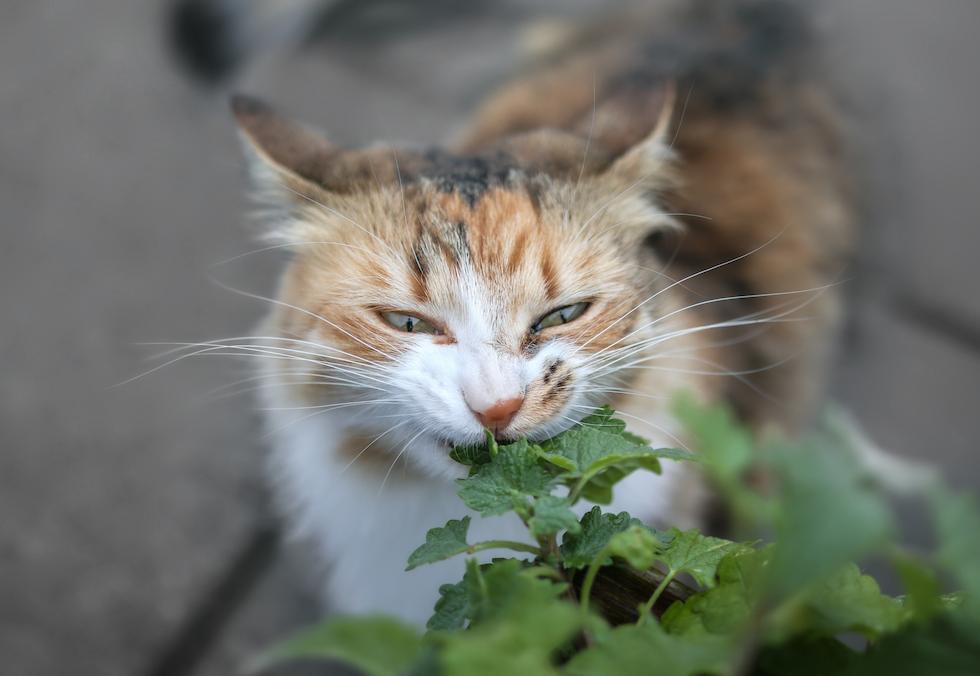 Yes. Experts say that catnip is not toxic or addictive in any amount. Cats who respond to catnip will often chew on or eat the leaves, which is why the fresh plant is safer and more appealing than the dried option, which can be prickly. Keep in mind the fact that moderation is key – if your cat over-indulges in eating a lot of fresh greens of any kind they may get a tummy ache, in spite of the plant itself not being toxic.
Yes. Experts say that catnip is not toxic or addictive in any amount. Cats who respond to catnip will often chew on or eat the leaves, which is why the fresh plant is safer and more appealing than the dried option, which can be prickly. Keep in mind the fact that moderation is key – if your cat over-indulges in eating a lot of fresh greens of any kind they may get a tummy ache, in spite of the plant itself not being toxic.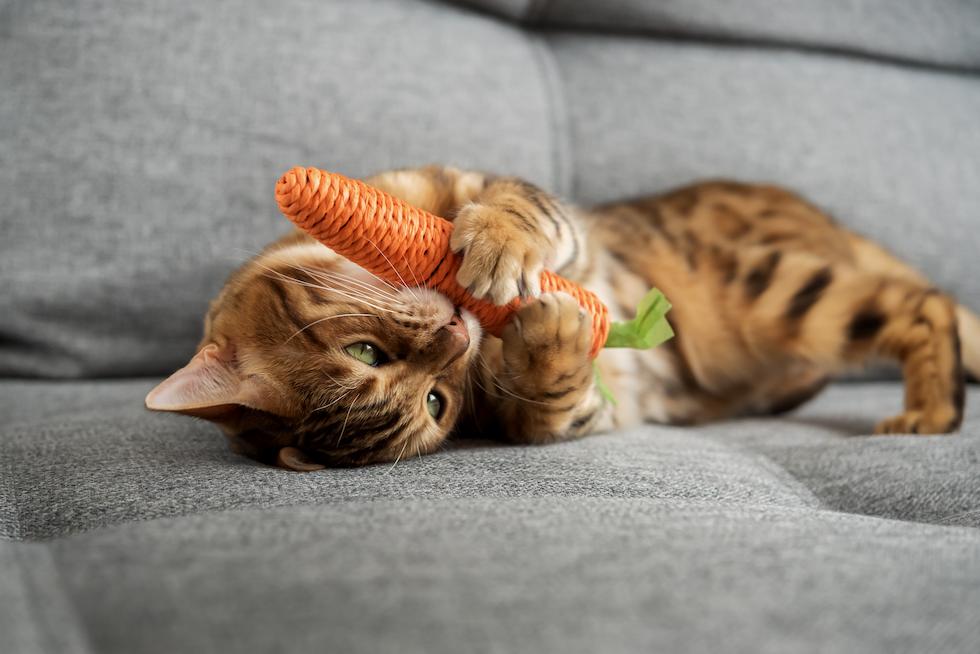 Catnip is very versatile! You can pinch a leaf or stem from the plant and present it to your cat to sniff, roll on or even eat (yes, it is perfectly safe for cats to eat, and much gentler on their mouths and tummies than dried, ground-up catnip.) Try rubbing a leaf or two on their favorite toy or perch. Some cats need no encouragement – just place the pot on the floor and let them love on it.
Catnip is very versatile! You can pinch a leaf or stem from the plant and present it to your cat to sniff, roll on or even eat (yes, it is perfectly safe for cats to eat, and much gentler on their mouths and tummies than dried, ground-up catnip.) Try rubbing a leaf or two on their favorite toy or perch. Some cats need no encouragement – just place the pot on the floor and let them love on it.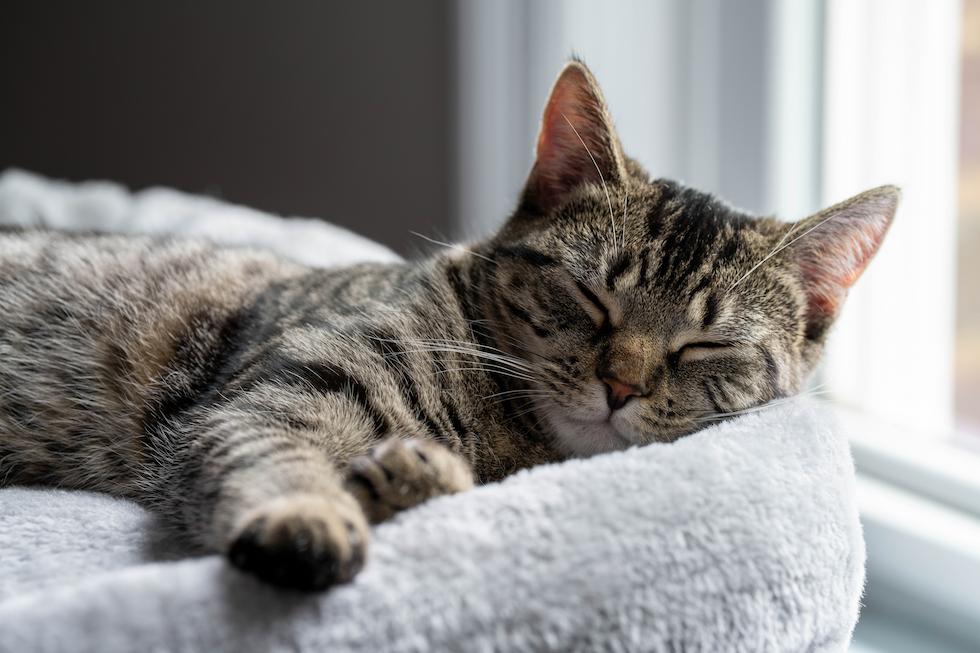 Yes – in fact, easing anxiety in a number of situations is one of the main benefits of providing fresh catnip for your cats. While catnip can have different effects that vary depending on the cat, the main chemical component of catnip, Nepetalactone, often has a calming effect, especially when eaten.
Yes – in fact, easing anxiety in a number of situations is one of the main benefits of providing fresh catnip for your cats. While catnip can have different effects that vary depending on the cat, the main chemical component of catnip, Nepetalactone, often has a calming effect, especially when eaten.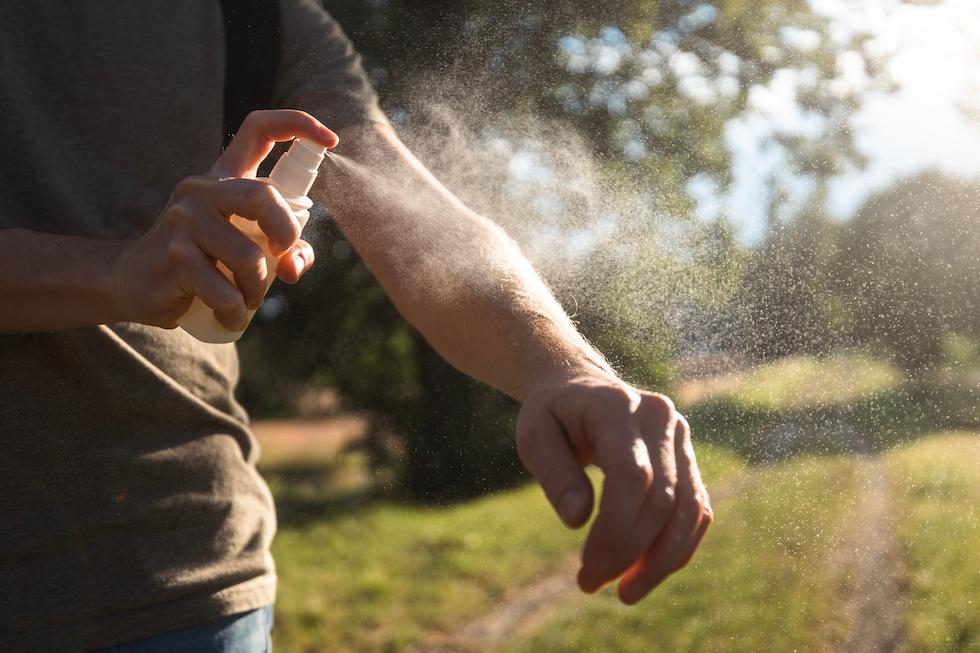 Yes. In fact, scientists now believe that catnip is more effective at repelling mosquitoes and other insects than the more commonly used chemical DEET. However, more research is needed before it can replace commercial insect repellents in real-world use.
Yes. In fact, scientists now believe that catnip is more effective at repelling mosquitoes and other insects than the more commonly used chemical DEET. However, more research is needed before it can replace commercial insect repellents in real-world use.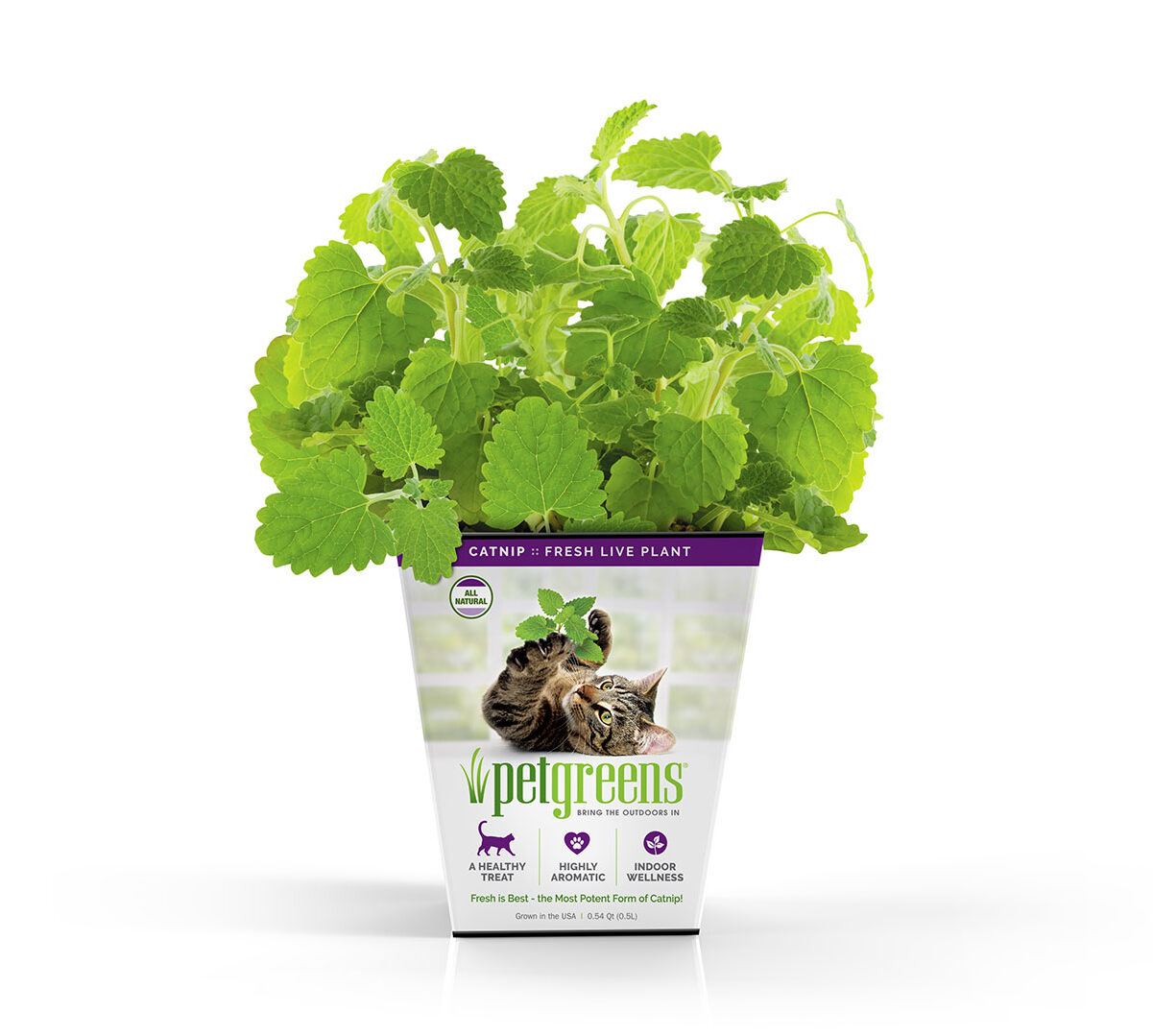 Fresh, live catnip is the most potent form of catnip and is much gentler on your cat’s mouth than the prickly dried variety. Most pet specialty stores like PetSmart, Petco, Pet Supplies Plus, etc. carry Pet Greens Live Catnip and it’s usually found at the front register. We ship fresh plants to pet supply stores in the contiguous 48 states weekly, so just click on this link to find a store near you:
Fresh, live catnip is the most potent form of catnip and is much gentler on your cat’s mouth than the prickly dried variety. Most pet specialty stores like PetSmart, Petco, Pet Supplies Plus, etc. carry Pet Greens Live Catnip and it’s usually found at the front register. We ship fresh plants to pet supply stores in the contiguous 48 states weekly, so just click on this link to find a store near you: